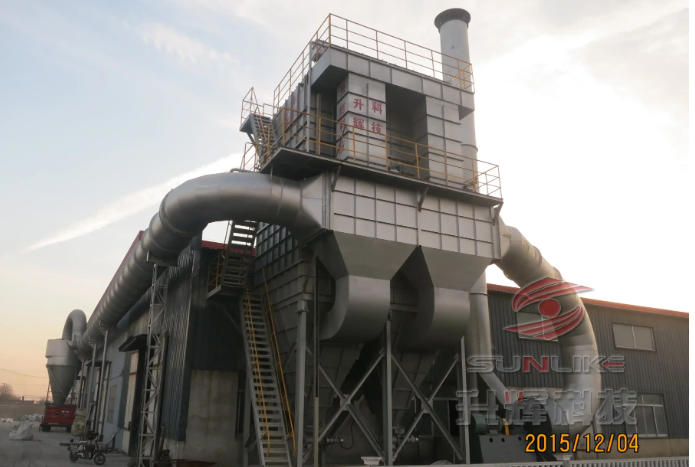Sedimentary rocks are one of the three primary rock types, alongside igneous and metamorphic rocks. They are formed through the accumulation and lithification of mineral and organic particles, making them a fascinating subject of study for geologists and enthusiasts alike. Understanding what sedimentary rocks look like involves delving into their unique characteristics, formation processes, and the environments in which they are typically found. This article aims to provide a detailed exploration of sedimentary rocks, enhancing your knowledge and appreciation of these geological wonders.
The Formation of Sedimentary Rocks
Sedimentary rocks originate from the weathering and erosion of pre-existing rocks, which can be igneous, metamorphic, or even older sedimentary rocks. The process begins with the breakdown of these rocks into smaller particles, which are then transported by natural forces such as water, wind, or ice. Over time, these particles accumulate in various environments, including riverbeds, lakes, and ocean floors.
The lithification process, which involves compaction and cementation, transforms loose sediments into solid rock. During compaction, the weight of overlying materials compresses the sediments, while cementation occurs when minerals precipitate from water and fill the spaces between particles, binding them together. This intricate process results in the diverse array of sedimentary rocks we observe today.
Visual Characteristics of Sedimentary Rocks
Sedimentary rocks are distinguished by their layered appearance, which reflects the sequential deposition of sediments over time. Here are some key visual characteristics that define sedimentary rocks:
- Stratification: One of the most prominent features of sedimentary rocks is their stratification, or layering. These layers, known as strata, can vary in thickness, color, and composition, providing insights into the geological history of the area. Each layer represents a specific period of deposition, often influenced by environmental conditions.
- Fossils: Many sedimentary rocks contain fossils, which are the preserved remains of ancient organisms. Fossils can provide valuable information about past life forms and the environments in which they existed. Common sedimentary rocks that often contain fossils include limestone and shale.
- Grain Size and Composition: The grain size of sedimentary rocks can vary significantly, ranging from fine particles like clay to larger grains such as sand or gravel. The composition of these grains can also differ, with common minerals including quartz, calcite, and feldspar. The texture and size of the grains can indicate the energy of the environment in which the rock was formed.
- Color Variations: Sedimentary rocks exhibit a wide range of colors, influenced by their mineral content and the conditions under which they formed. For instance, iron-rich sediments may impart reddish hues, while organic-rich deposits can appear dark or black. The color can also change with weathering and exposure to environmental factors.
Common Types of Sedimentary Rocks
To further understand what sedimentary rocks look like, it is essential to explore the various types that exist:
- Clastic Sedimentary Rocks: Formed from the accumulation of rock fragments, clastic sedimentary rocks are classified based on grain size. Examples include sandstone (medium-grained), siltstone (fine-grained), and conglomerate (coarse-grained). These rocks often display visible layers and can contain fossils.
- Chemical Sedimentary Rocks: These rocks form from the precipitation of minerals from solution, often in evaporative environments. Limestone, composed primarily of calcite, and rock salt, formed from evaporated seawater, are prime examples. Chemical sedimentary rocks may exhibit crystalline textures and can also contain fossils.
- Organic Sedimentary Rocks: Formed from the accumulation of organic material, such as plant debris or shells, organic sedimentary rocks include coal and certain types of limestone. These rocks often have a dark color and may display a layered structure due to the accumulation of organic matter over time.
The Importance of Sedimentary Rocks
Sedimentary rocks play a crucial role in understanding Earth's history and the processes that have shaped our planet. They serve as reservoirs for natural resources, including fossil fuels, groundwater, and minerals. Additionally, sedimentary rocks provide valuable information about past climates, environments, and biological evolution, making them essential for both scientific research and practical applications.
Conclusion
In summary, sedimentary rocks are characterized by their layered appearance, fossil content, grain size, and color variations. Their formation process, which involves the accumulation and lithification of sediments, results in a diverse range of rock types that offer insights into Earth's geological history. By recognizing the visual characteristics and types of sedimentary rocks, one can appreciate their significance in both natural processes and human endeavors. Whether you are a geology enthusiast or simply curious about the world around you, understanding what sedimentary rocks look like enriches your knowledge of our planet's dynamic history.



+ There are no comments
Add yours